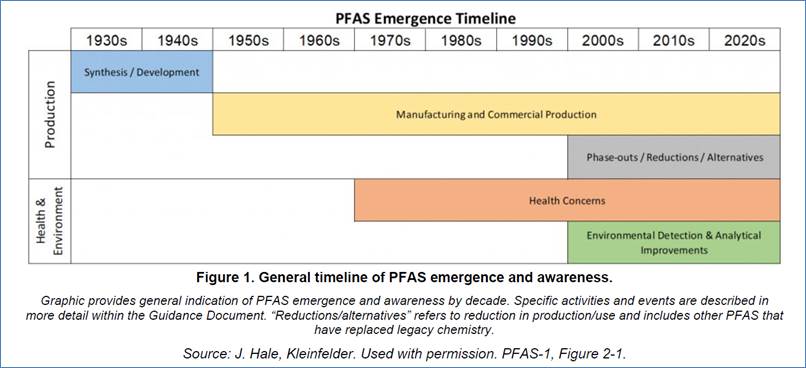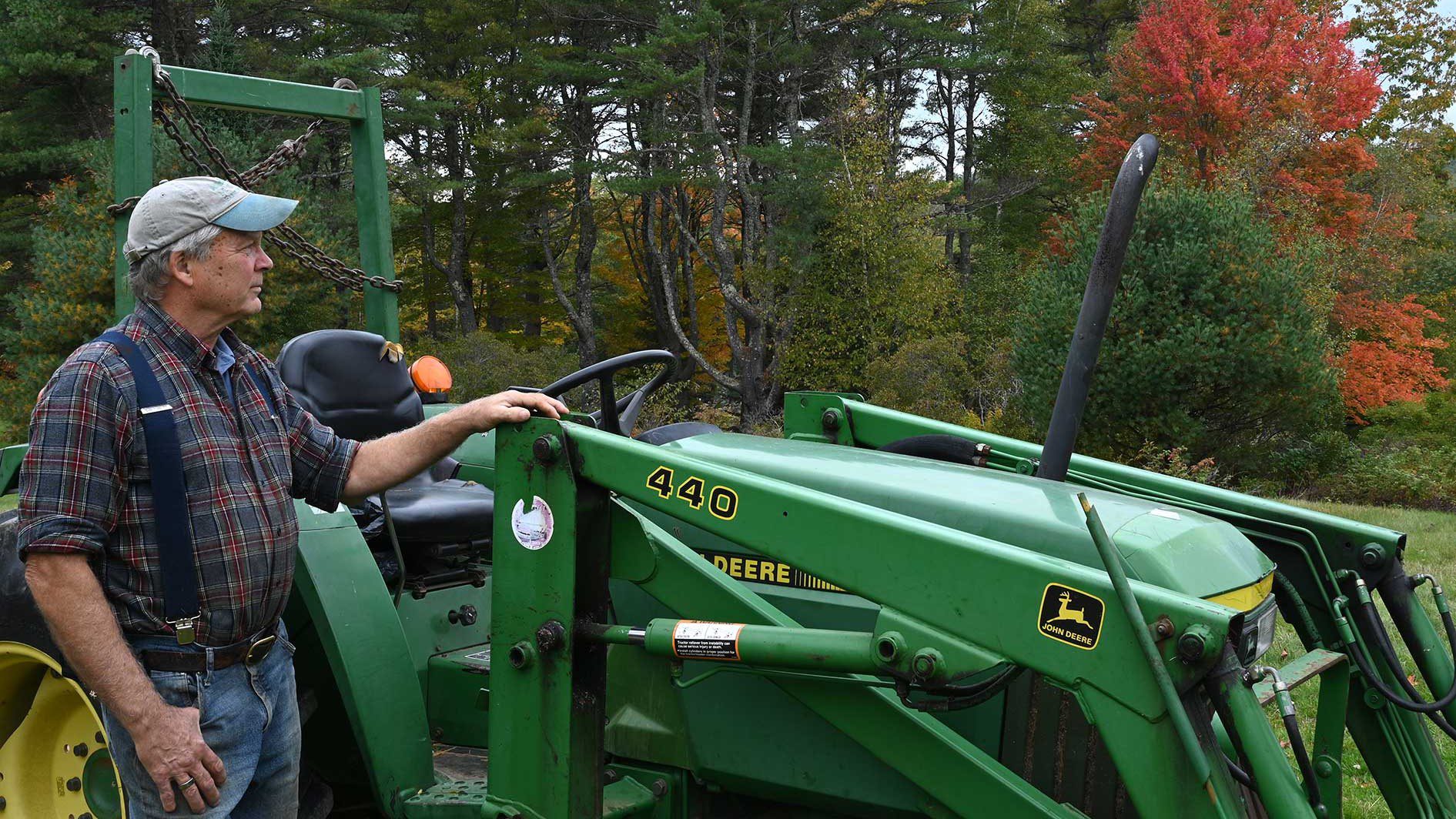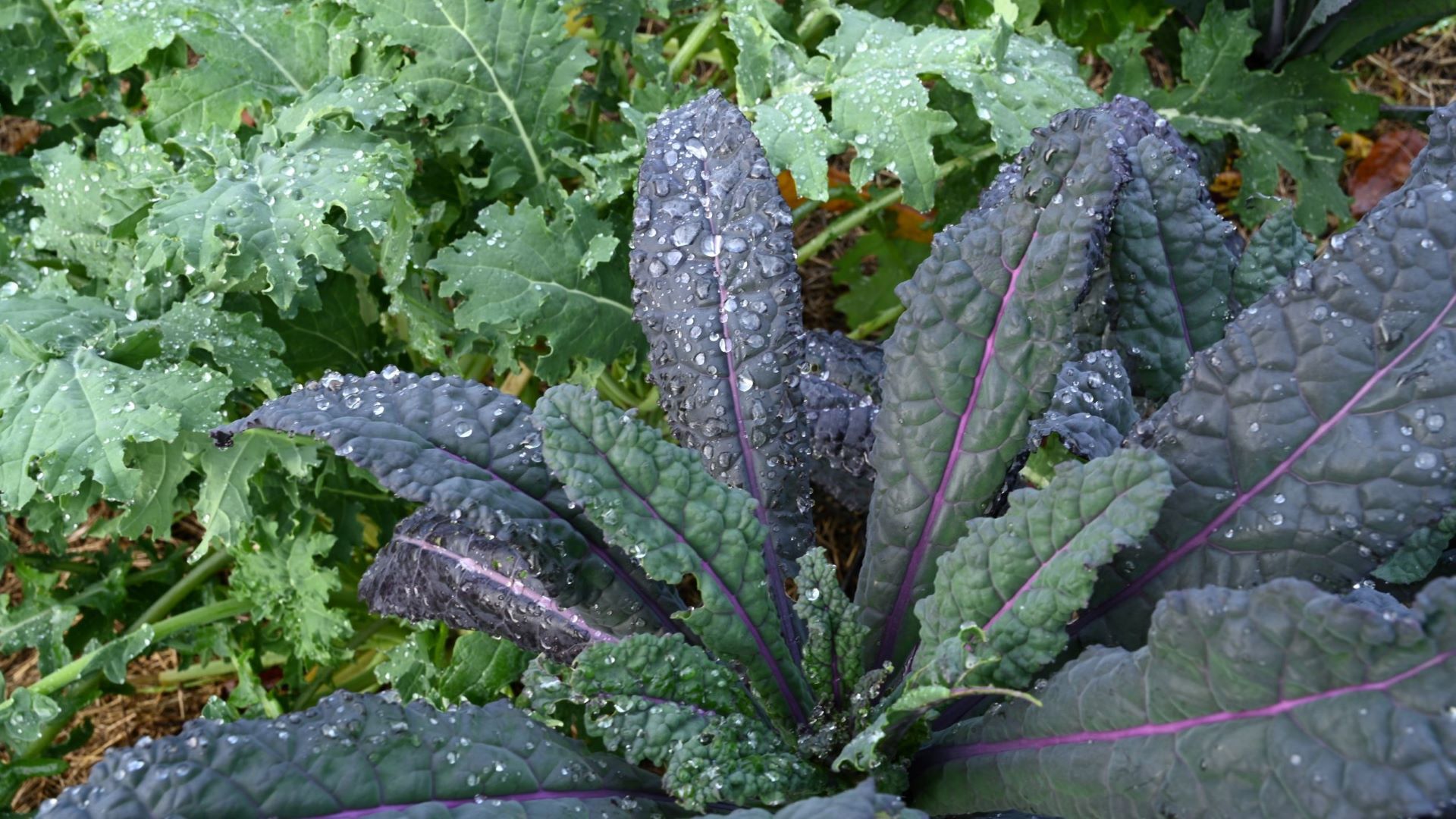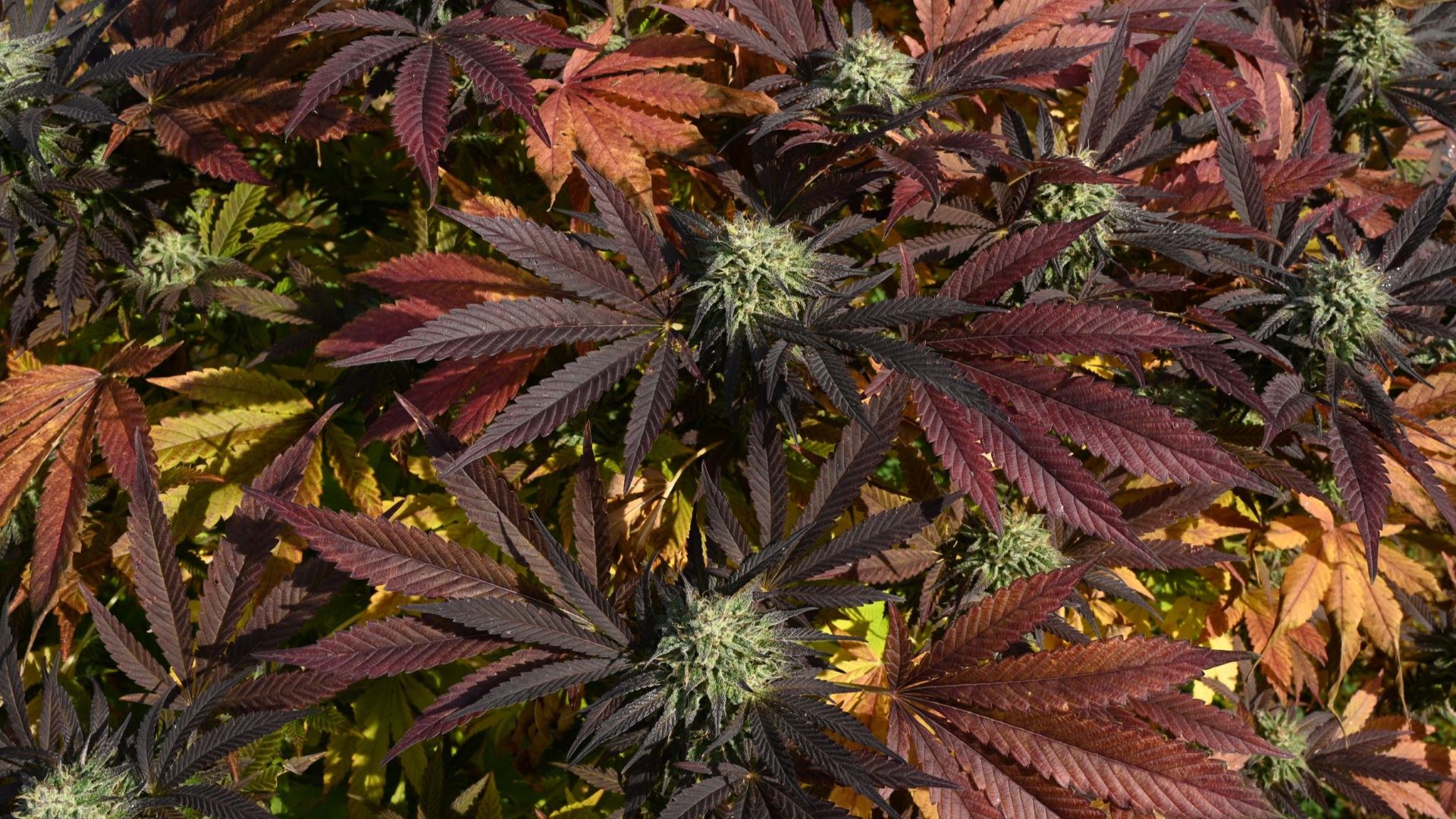“Other states in general have problems we don’t have. We are blessed with a lot of land and a lot of clean sludge.”
— Maine Department of Environmental Protection staff person in a 1982 Maine Times article, “Sludge as Fertilizer,” by Jeff Clark
To many bureaucrats and wastewater managers in the 1970s and ’80s, spreading municipal and industrial sludge onto Maine’s farms and forests seemed like an inspired solution to a vexing problem.
Recycling held strong appeal to many people, and returning nitrogen-rich waste to the soil could boost agricultural productivity without the need for expensive fertilizers. Care had to be taken to test for heavy metals, proponents noted, but they believed spreading human waste on farm fields, an age-old practice in many cultures, was safe and sustainable.
Sludge spreading was also a relatively cheap means of disposal. After the Clean Water Act passed in 1972, “the focus was on cleaning up rivers and streams and not so much on what we do with the residuals,” said Steve Page, who went to work in 1988 for a new recycling division within the Maine Department of Environmental Protection (DEP) that oversaw sludge and septage (the concentrated waste pumped from septic tanks).

“Diagrams of early wastewater treatment plants would show a complicated flow chart that always ended with a picture of a dump truck. End of problem,” Page said. But for plant operators and regulators, that’s where the problem began. Those truckloads of sludge accumulated quickly and disposal options were limited.
Congress banned ocean dumping of sludge in 1988, and landfills and incinerators did not want this wet byproduct of sewage treatment. It was “hugely expensive to dewater sludge,” Page said, and trucking it to nearby lands helped keep sewer rates down. It was “by far a cost-driven thing,” he added, “with the altruistic benefit of providing what was thought to be a safe fertilizer to farmers.”
No one generating sewage or managing sludge in Maine at that time realized the material contained per- and polyfluoroalkyl substances (PFAS), a vast class of synthetic chemicals that can disrupt hormonal, immune and reproductive systems, and can increase the risk of various cancers. What seemed at the time like an economical solution to sludge disposal became a monumentally costly environmental threat, with repercussions extending far into the future.
Sludge to soil
By the 1970s, PFAS were a growing constituent in the waste stream, having been used in consumer products and industrial processes for more than a decade. But health risks from these persistent chemicals were known only to manufacturers like 3M and DuPont, which conducted their own toxicity studies.
The U.S. Environmental Protection Agency (EPA) eventually pressured manufacturers to phase out production of two widely used “long-chain” PFAS chemicals (with many carbon atoms), PFOA and PFOS. The corporations then launched a new generation of shorter-chain compounds, which were marketed as safer but now appear more mobile, more water-soluble and more readily taken up by plants.
PFOA and PFOS can form from other chemical precursors in settings like wastewater treatment plants, said Jean MacRae, a professor of civil and environmental engineering at the University of Maine. Researchers have found that these two ‘legacy’ compounds tend to concentrate in sludge; they are predominant among the PFAS compounds being found in Maine farm soils where sludge was applied, according to Ellen Mallory, a University of Maine agronomist.
During the 1980s and ’90s as sludge-spreading expanded throughout New England, “land application was far and away greatest in Maine,” Page said. Two-thirds or more of all the state’s municipal sludge generated annually was spread onto soils, and in some years that figure rose over 85 percent. In 2019, a single waste company involved in “direct land application” noted that it had “over 200 farm customers in the state of Maine.”
That practice ended this year when Maine enacted a first-in-the-nation ban on the spreading of sludge and the sale of compost derived from sludge. But through the preceding half-century, PFAS had seeped into soils and groundwater, creating what Page terms “generations worth of problems for agriculture.”

Having owned and run an organic orchard, Page knows first-hand that “farming is a hard enough business without this.” It angers him that chemical corporations — for decades — went “about making a profit knowing there was a problem,” leaving others to figure out “how to live with [PFAS] cycling through the environment.”
Following his state job, Page worked for a waste corporation doing site visits with farmers before they received sludge. That role, he recalled, “gave me sensitivity to how rare good soil is here.” He went on to co-found and serve on the board of Maine Farmland Trust, a nonprofit dedicated to protecting farmland and supporting farmers.

PFAS has infiltrated countless ecosystems across Maine, but for Page “it’s the farmland piece that breaks my heart.” Some farm properties that he and others worked to conserve in perpetuity are now contaminated with ‘forever chemicals.’ That, he said, “is the irony I will take to my grave.”
Promotion and opposition
Sludge-spreading drew support from the EPA and the DEP, with the agencies at times actively promoting what became known, after an industry rebranding effort, as “the land application of biosolids.” A 1994 EPA booklet, entitled “Biosolids Recycling: Beneficial Technology for a Better Environment,” claimed “research is indicating that appropriately produced and applied biosolids may help protect child health” by making lead in soil or dust less likely to enter the bloodstream.

The EPA offered technical support to those who promoted sludge-spreading, publishing in 1981 a compilation of “measures (that) have proven effective in expediting (land application) projects,” such as public relations campaigns and “compensation schemes” to overcome “public opposition,” defined as both area residents and local public officials. The white paper was a tacit acknowledgement that sludge-spreading projects often faced fierce resistance from residents concerned about potential contamination of soils and waters as well as air quality.
That year, researchers at Cornell University recommended that New York extend a two-year ban it placed on agricultural spreading of sludge because, in the words of Donald Lisk, director of the school’s toxic chemicals laboratory, “Sludge is the product of practically everything in our society, and may contain virtually any element and a galaxy of dangerous chemicals, depending on the spectrum of industries in the area. It’s just too poisonous and unpredictable to use on land.” He also warned of the long-term impacts: “Once these elements are in the soil, they do not go away; some travel up into plants while others leach down and could contaminate groundwater.”
The Cornell study received considerable media attention. To counter that, the Maine DEP “went to the rather unusual length of distributing a press release refuting it,” the Maine Times reported in April 1982.
The DEP gradually established a regulatory framework for the spreading of sludge, both from wastewater treatment plants and paper mills. In 1983, a company called Resource Conservation Services, Inc. (RCS) formed and began to facilitate recycling of industrial sludge and wood ash onto farms and forest lands. Founded by Bill Ginn, the former executive director of Maine Audubon, the fast-growing firm drew staff with strong environmental expertise and a deep commitment to waste recycling, according to several former employees. In one former employee’s words, “we thought we were saving the world.”
Aided by RCS and others, nearly 50 Maine wastewater treatment plants and numerous paper mills were land-spreading their sludge by 1985. Methods for chemical testing of sludge improved around that time, revealing the presence of dioxins, a persistent and highly toxic group of chemicals.

Citizen opposition grew more vocal and organized in response to that discovery, with some towns working to institute sludge-spreading bans. The co-founder of a Waterville-area group called COWS (Citizens Opposed to Waste Spreading), Jack Gondela, told Maine Times reporter Scott Allen in January 1986, “Before any farmers agree to have this waste dumped on their farmland, they should ask themselves what surprises the future may hold.”
In 1997, an institute affiliated with Cornell published The Case for Caution, calling on the EPA and state environmental agencies to institute stronger controls on land-spreading of sludge to protect public health, given “the persistence of many pollutants” in sludge and the challenges of remediation. “We are concerned that the EPA — in setting rules that are far less protective than those of many other nations—has made many overly optimistic or simplistic assumptions about contaminant impacts,” noted the institute’s director, Ellen Harrison.
When the Portland-based nonprofit Toxics Action published a 2003 report warning about the chemical hazards of sludge, the regional trade association for waste managers wrote in defense: “We continue to recycle these wastes, because we know the benefits to soil fertility outweigh the minimal potential risks — and because of necessity.” Necessity, indeed, was the crux of the issue. For decades, opponents of sludge-spreading had voiced credible concerns, but there was never a viable and affordable alternative.
Sludge to compost to soil
To convert sludge into marketable compost that could be sold in bulk or bagged, roughly a dozen Maine wastewater treatment plants established composting operations alongside a dozen or so private operations. In 1990, RCS built the Hawk Ridge Composting Facility in Unity. RCS sold the next year to Browning Ferris Industries, and in 2000, Casella Waste Systems, Inc. acquired the Unity operation.
Hawk Ridge is the “largest biosolids composting facility in New England,” noted Jeff McBurnie, Casella’s director of compliance. According to Maine DEP records, Hawk Ridge processed 56,963 cubic yards of sludge in 2021, less than 10 percent coming from Maine sources. The balance of the sludge originated out of state. From that sludge, the facility processed almost 95,000 cubic yards of compost last year.

Since its inception, the Hawk Ridge facility has generated more than 2 million cubic yards of sludge-based compost that have been put to uses as varied as land reclamation, golf courses and school playing fields. Since Casella assumed ownership in 2000, McBurnie wrote, Hawk Ridge has “distributed between one-half and two-thirds of our production within the state of Maine.”
“Agricultural customers are not a significant outlet” McBurnie noted in a recent email. However, compost went to farms and gardens historically. A 2006 Casella annual report indicated that “composts, soils and mulches are sold and distributed to agriculture, landscaping and construction markets.”
Under Maine’s Solid Waste Management Rules for composting facilities (Chapter 410), generators must report annually to the DEP, including information on the location of materials distributed off-site. At DEP’s request, Casella provided a list of customers for Hawk Ridge bulk compost, according to DEP spokesperson David Madore, but some of those recipients likely redistributed the product, making it hard to track the final destination of those materials.
As compost breaks down and diminishes in volume, PFAS generally resist microbial degradation so their concentrations typically increase, according to MacRae, the University of Maine engineering professor. When the DEP in 2019 tested finished composts made from sludge, 89 percent of the samples exceeded the state’s screening level governing soil supplements for PFOA and 74 percent for PFOS.
In 2021 research, the Ecology Center in Ann Arbor, Mich., and the Sierra Club tested nine bagged fertilizers among 30 composts and soil amendments made from sludge and sold at large-scale retailers; eight exceeded Maine’s mandated PFAS screening levels. Tested for the presence of 33 PFAS compounds, each fertilizer had detectable levels of between 14 and 20 PFAS.
Soil to crops
The Maine DEP is testing the waters and soils where sludge and septage were historically applied, a process expected to continue through 2025. In the first tier of testing involving sites thought to be most contaminated, the 32 farm properties tested (part of larger PFAS-affected sites) all exceeded soil screening levels for PFOS in corn and silage (over 6.4 ppb PFOS) set by the Maine Center for Disease Control and Prevention (CDC). Many of those farms have been able to safely produce goods still through mitigation measures taken in consultation with the Maine Department of Agriculture, Conservation and Forestry, noted department spokesperson Jim Britt.
Much of the PFAS being found is likely tied to historic sludge or septage applications, but some could derive from atmospheric deposition, contaminated irrigation water and even rainwater (a recent study found detectable levels in rain at settings around the world).
Across the country, a quarter of the nation’s sludge is still spread on farmland, so PFAS are potentially affecting tens of millions of acres of food crops. Because Maine is at the forefront of testing farmlands that received sludge applications, it is also pioneering research into how plants absorb and store PFAS, and which crops might be most affected by contaminated soil.
How PFAS compounds migrate from soil to plants depends on many factors, including the chemical type, soil properties and crop varieties. With funding from the state, University of Maine researchers have begun to assess how PFAS accumulates in different plants and in the parts of each plant.
Initial research suggests that PFAS uptake into plants is highest in leafy greens, and in leaves and stems rather than the root, fruit or grain portions of plants. Crops like lettuce, kale and celery typically have higher levels than ones like tomatoes, cucumbers or peas.

The variability in plant uptake might allow some farmers to continue harvesting crops in settings with minimal PFAS contamination through some sort of intercropping system.
Next spring, the University of Maine will begin greenhouse studies testing intercropped plants such as mixing corn and tomatoes (which accumulate little PFAS in the eaten portions) with lettuce and hemp (which accumulate significant PFAS). The hope is to find “a cropping regime that would be safe and effective,” said Linden Schneider, assistant director of the University’s Maine Agricultural and Forest Experiment Station.
Testing Maine foods
Toxicologists at the Maine CDC are working to determine what levels of PFAS may be safe to consume in various foods. It’s a challenging assignment for many reasons. The FDA is better equipped to set action levels (thresholds for safe consumption) for food contaminants, but with PFAS, the agency has done limited sampling of foods for just 16 compounds and has set no PFAS action levels.
In 2016, when Maine first discovered milk that tested high in PFAS, there was no answer to “how much is too much in milk,” said state toxicologist Andrew Smith with the Maine CDC. “FDA had no action level and was not going to provide a number so we had not much choice other than to derive it ourselves.”

How action levels are calculated is actually “a quite simplistic formula,” Smith said. A toxicity level supplied by federal agencies is divided by a food consumption rate. But calculating the latter is complex and often very labor-intensive since it involves extracting data on portion sizes from a federal food pattern equivalents database derived from national surveys.
Maine set action levels for milk and beef in 2017, but those will be lowered based on new federal toxicology data, Smith said. Six more action levels will be added for yogurt, eggs, pork, spinach, lettuce and white potatoes, a step he noted that does “not necessarily indicate a concern regarding the presence of PFAS in these foods, but rather the need to be prepared to interpret any data we might get on PFAS” in them. The state provided its recommended levels to the FDA for a “quality control check” in late August, he added, and received word recently that “they are reviewing it now.”
The expanded set of food action levels, once released, will cover four different PFAS, up from the single compound covered now. Smith said additional PFAS may be added in the future, depending on which compounds are showing up at Maine farm sites and what federal toxicology data is available.
Part of what makes the food testing process challenging, Smith noted, is the variability in the way each PFAS chemical behaves and “the way they behave with different vegetables.” In crops like asparagus and rhubarb, for example, researchers have found PFAS to be below detection levels even at fairly contaminated sites. Plants like corn take up PFAS into the stalks and leaves, but much less into the ears and kernels.
Related: PFAS to go: Takeout containers and wrappers pose food safety risks
Not all compounds that appear in soil are found in hay, and not all those measured in hay are found in dairy milk. One, PFOS, tends to be elevated across the board. But frequently, Smith said, far fewer compounds are found in milk than were present in the grass or soil. What the Maine CDC is working toward, he added, is some sort of model that could help the state determine whether, at a particular level of soil contamination, a site’s vegetables or fodder for livestock merit testing.
Over a career spanning almost four decades, Smith has watched Maine contend with repeated bouts of chemical contamination. Asked about his thoughts on larger lessons that might come from the PFAS experience, he said, “Your knowledge is always limited to what you can test for and what you know to test for,” adding that it’s problematic to have a national chemical policy that allows materials to get into widespread use without enough prior health testing and evaluation. “It’s not a good idea to be putting chemicals into the environment that are highly persistent and mobile, and that we don’t know much about.”
Help for contaminated farmland
Research has begun in Maine exploring the potential for plants to help remove toxic chemicals from soils, a process known as phytoremediation. At a site heavily contaminated with PFAS on the former Loring Air Force Base in Limestone, the nonprofit Upland Grassroots and the Mi’kmaq Nation have worked since 2019 with multiple scientists to see if hemp plants (Cannabis sativa) can lower soil concentrations of PFAS.
The results are promising: Hemp is demonstrating a capacity to “pull an enormous amount of PFAS from soil,” said Chelli Stanley, founder of Upland Grassroots, and from contaminated water when grown hydroponically.

Research by University of Albany scientists, collaborators on the Limestone project, has shown that a single gram of hemp can take up roughly one million parts per trillion (1 part per million) of PFAS, Stanley said.
Phytoremediation raises the challenge of how to safely dispose of contaminated plants, which could release stored PFAS through incineration or landfill disposal. The Limestone project is only growing as much hemp as needed by the four collaborating scientific institutions to prevent plants from going to a landfill since, in Stanley’s words, “We want a full solution.”
The Albany researchers are studying how to transform hemp into a biofuel within a closed system that would not allow PFAS to escape. A Princeton University engineer, who found a soil microbe that can break down PFAS under particular conditions, plans to test whether the microbe will work on contaminated hemp.
Scientists at the Connecticut Agricultural Experiment Station and University of Virginia are also working with hemp from Limestone to better understand how the plants store PFAS and how much of the chemicals they can tolerate.
Stanley hopes further collaborations may develop with the state and the Air Force, which she said has signaled a willingness to adopt a phytoremediation plan at the Loring site if the pilot project proves successful.
Hemp’s potential to help contaminated soils is something that Steve Page, now retired, finds himself researching at length, alongside other paths to healing agricultural lands. “Ideas come to mind at 2 in the morning and I have to write them down,” he said. “I would like to spend the rest of my life helping with PFAS remediation efforts in any way I can. I lived the beginning of this story and I would like to contribute to resolving the consequences.”

This project was produced with support from the Doris O’Donnell Innovations in Investigative Journalism Fellowship, awarded by the Center for Media Innovation at Point Park University in Pittsburgh, Pa. The author is grateful to Beedy Parker and Steve Page for sharing archived files.








